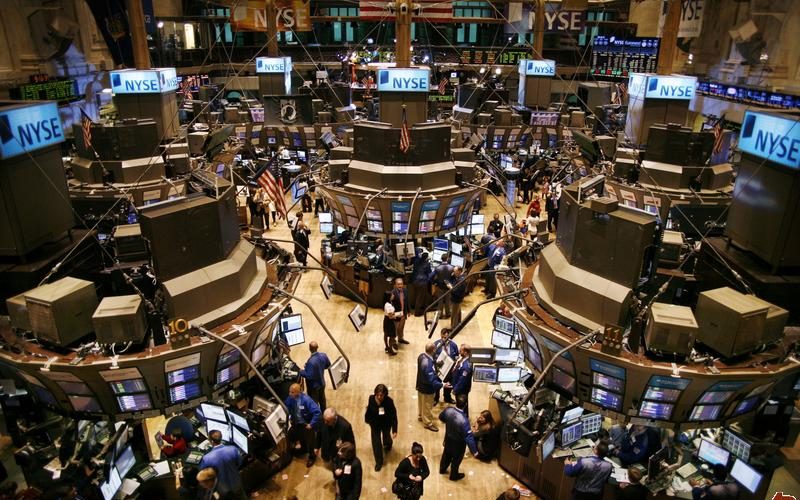Table of Contents
For many years, gold has been one of the most sought after elements in the world and is thought to make up around 0.003 parts per million in terms of the Earth’s crust. For perspective, one part in a million is equal to one minute in two years when translated to time. Interestingly, we have only ever mined 186,000 tonnes from locations around the world which means that if it were to be melted down, it would actually fit inside an Olympic swimming pool.
Bearing all of this in mind, gold has remained valuable for many generations and is even used as currency. Whilst we will always have the materials to print more money, there is only a limited amount of gold that can be recovered. Of course, many efforts have been made to reproduce gold in a lab but no-one has managed this great feat just yet. Therefore, the only solution remains as digging for more…but is this now a problem?
According to many reports, there are around two decades of mineable gold left before we have excavated all of the known sources. Notice the ‘known’ here because this is the key point; if the last known gold is mined in the mid-2030s, exploration won’t all of a sudden stop but it will be at a higher cost because it will be more random than ever before.
Back in November 2015, President Barack Obama took interest in this concern and permitted the extraction of minerals on asteroids and even the moon. As we continue to search for sources, we are now looking into space as many asteroids are believed to contain precious metals. However, there are many different layers to this argument and what can be found so let’s head back down to Earth.
Once the last gold is recovered, experts believe that there will be a sharp increase in the amount of mergers and acquisitions. For example, companies like Barricks will have an opportunity to purchase mid-range companies if they have reliable output. Furthermore, according to the basic principles of supply and demand, gold will surge to prices we have never even seen before. Although we can only estimate for now, many believe that the price of gold could reach between $10,000-$12,000 per ounce.
Performance of Gold in 2015
Although we can only estimate future prices, we do now have access to historical data and the first thing this suggests is that global output has been decreasing since 2013. With fewer and fewer new mines being discovered and then developed, the price of gold could be on the verge of a dramatic change. If we look at the second quarter of this year, mine supply decreased by 2% when compared to the second quarter twelve months previously. After seven years of growth, global production could fall in 2016 by 3%.
Judging by the news we have seen recently, there is very little in the way of new projects and those that have been planned are relatively small when compared to others we have seen. With this in mind, it seems to be a good prediction that 2016 will be the tipping point and that a downtrend will follow for many years looking towards the future. Even looking back two or three years, the projects we see now are less impressive and of a lower grade compared to years gone by.
Nowadays, it seems as though the days of stumbling across a huge deposit of gold are now gone. Sadly (for some), we may have picked all of the fruit that has been easily-accessible for so long. Around 170 years ago, James Marshall set off the California Gold Rush after coming across gold in a riverbed but this looks to be a farfetched occurrence now. Every single year, we search further and wider for gold and the search becomes harder than it has ever been before. As technology improves, equipment is now getting more expensive too with 3D seismic imaging, airborne gravimetry, and direction drilling with smaller rewards. In essence, technology is actually improving at the wrong time for the gold industry because companies are seeing less rewards for their efforts therefore a lower return on any investment.
Additionally, the gap in time between major deposits is getting wider because there are now various different licenses as well as an increase in compliance and feasibility assessments before gold can even be extracted. Depending on jurisdiction, lead time is now close to averaging twenty years for gold mines across the globe. For many, the solution is a global policy that removes the barriers and restrictions to allow responsible mining.
For buyers within the market, it is essential to know what stages of the process current projects are in because this will impact the market greatly. Just like in life, you have to manage expectations and learn about the three year cycle that exists. In the first 18 months or so, the discovery phase is apparent and so the risk will be high but so will the reward. After this until year three, the market passes through development investment analysis as well as production revaluation. Later, the risk and reward are both lower.
Companies Looking to Deleverage
As time progresses, we will see less significant discoveries or discoveries that return over a million ounces. After peaking in 1995, gold discoveries have fluctuated and since 2009, exploration spending has been consistently higher than gold discoveries. In 2012, spending on explorations peaked whilst the price of gold stood at $1,600 per ounce.
Currently, the price of gold per ounce is up by over 25% over the course of 2016 and many investors are expecting spending on exploration to severely reduce. In fact, most companies are doing the opposite and attempting to liquidate their assets to reduce debt. Since 2014, gold producers in the US have cut their debt by 30%.
Despite some looking to cut costs, the second-largest gold producer, Newmont Mining, is still in the process of developing new mines and has a huge projects on the go in Long Canyon, Nevada, as well as Suriname. Between now and 2021, Newmont Mining’s CEO predicts a supply decrease of around 7%.
Gold Fund Inflows
In terms of the market itself, low to negative government bond yields and global monetary policy are both currently supporting gold. Thanks to a cut in the rates due to the ‘stimulus package’ from the Bank of England not so long ago, the British pound weakened and the price of gold increased. However, this soon changed after the jobs report was released in the US. For many, this was proof that the price of gold is closely related to government debt.
In recent times, miner’s profits have actually increased because bullion is up when priced in the four currencies of the largest gold producers – South Africa, Canada, US, or Australia. Within the last 12 months alone, the price of gold stocks has increased by a whopping 128.92%.
Moreover, we also saw the strongest inflows into commodities since 2009 in the first six months of this year. Since precious metals (including gold) accounted for 60% of this new money, commodity assets that are under management is now above $235 billion. When it comes to gold-related ETFs and similar funds, Barclays believes that this year could go on record as being the best.
Summary
Ultimately, now is the time to invest in gold and it looks as though this will be the advice for many years to come. In truth, it seems as though the earlier you invest, the more money you will secure in the long-run. As you have seen throughout this informational review, we are just about to head into the unknown as we start running out of sources of gold and the basic principles of supply and demand suggest that prices will reach record highs as the supply gets thinner and thinner over time.





